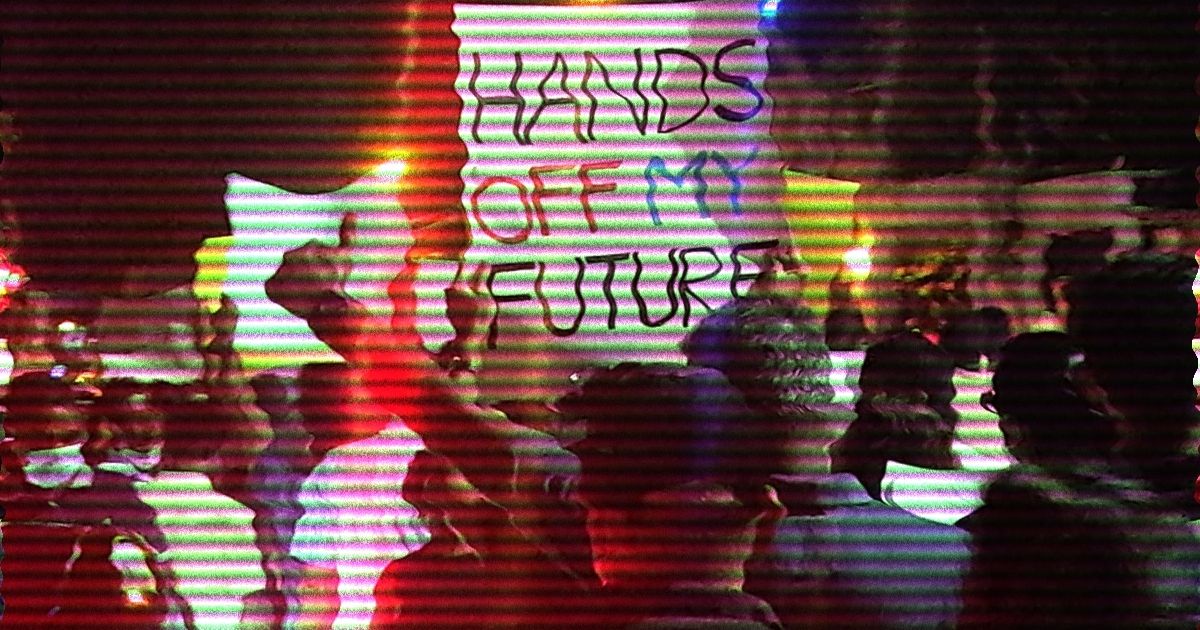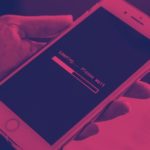With the current economic crisis taking a turn for the worst, citizens have taken up to the streets in protest against the Sri Lankan government. Among these, the March 31 Mirihana protest was the biggest and most noticeable one so far. An overwhelmingly massive crowd gathered near the president’s private residence in Mirihana and carried out a protest that lasted over five hours. However, during the protest, many noticed that they apparently had trouble accessing internet services, including some of the reporters on ground.
Of course, poor internet services have been a common occurrence as of late owing to 10+ hours-long power cuts. Though funnily enough, internet connectivity to several areas was disrupted on March 31 followed by a sudden power cut to the Mirihana area. Protestors claim that mobile internet services were noticeably hampered, particularly when near the president’s private residence. “When we were close to his [president’s] residence the internet did not work. I tried to live stream on Instragam but it wasn’t working,” says one attendant. Several others have expressed similar sentiments.
Was internet access really throttled at the protests?
On one hand, the internet issues could be due to a great number of users utilizing telecommunication services in a single area. A mere crowd of internet users by the thousands gathered in a single location could likely contest traffic. Hence, resulting in slow 3G/4G speeds.
On the other hand, the government has already begun cutting off citizens from giving feedback online. For instance, the president’s facebook posts have disabled comments in its entirety. It wouldn’t be far off to think that the administration would attempt to curb a protest’s impact, particularly one that managed to draw thousands of people near the president’s residence. Furthermore, the power cut in Mirihana and internet connectivity issues in several areas do suggest that it may have been a deliberate attempt.
This isn’t the first time
Mind you, curbing internet access isn’t new to Sri Lankans. During the Sirisena era, Sri Lankans would remember the social media ban that was set in place following the Digana riots in 2018, and then the second social media ban after the Easter Sunday attacks a year later, both as a means of curbing fake news and misinformation. The current government’s direction over the past couple of years in this regard doesn’t paint a confident picture either.
Back in June 2021, the police stated that Sri Lankans publishing or sharing news deemed false can be arrested without a warrant. Now, following how things are currently transpiring, restricting social media wouldn’t necessarily be out of the cards. Then again, with the lack of fuel islandwide and power cuts crossing 10 hours, that might not be even necessary. Regardless, perhaps it’s wise to install those VPN apps again either way.
So, what follows next? The government has already played the “it was an extremist group attempt” card in response to the Mirihana protest. How the administration will continue to retaliate against people’s clear dissent and frustration, particularly across the digital space, time will tell. But judging by the current trajectory, there seems to be no light at the end of the tunnel.







GIPHY App Key not set. Please check settings